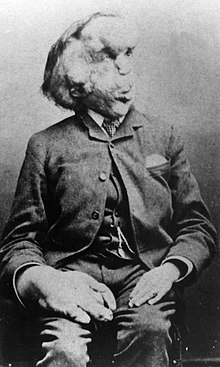"The King of Tars" presents the possibility of a person outside normal categorizations existing, but the story quickly establishes that such a person is impossible when the child has no form. In this story, the monstrous birth conveys medieval beliefs and fears over Christian-Saracen miscegenation, and the solution to the fears comes easily in the form of conversion, which not only cures the baby but also changes the appearance of the sultan. The Albina myth, on the other hand, puts the blame on the sins of the parents, more specifically on the mothers, who had committed great sin by trying to murder their husbands and going against male authority.
People of medieval Europe believed that women by nature were unclean and more likely to sin, and corrupt menstrual blood was part of this belief. Peggy McCracken states in her book The Curse of Eve, the Wound of the Hero that "Like earlier penitentials, thirteenth-century scientific literature proscribes intercourse during menstruation, and warns of the monstrous children that are conceived during a woman's period"(McCracken 63) and that "The monstrous child is meant to demonstrate the mother's nature: her corrupt bloodlines and and her corrupting menstrum"(McCracken 64). In addition to women's innate uncleanliness, her thoughts were believed to influence the baby as well, a belief known as maternal impression. In 1715, an English woman named Sarah Smith gave birth to a baby that supposedly had 6 heads, a dolphin's body, and talons. After she and the baby died, the villagers decided that the monster was the result of Sarah's frequent cursing. Today, it is believed that she may have given birth to conjoined twins and the villagers exaggerated in order to explain a frightening event they did not understand.
Other examples of reported monstrous birth include a 13th-century Roman noblewoman giving birth to a baby with black hair and claws. A painting of a black bear in her bedroom was blamed, and Pope Martin IV ordered all bear paintings and statues destroyed. Anne Hutchinson's miscarriage of a deformed baby was blamed on her heresy against the Puritan church, and as recently as the 19th century, a man named Joseph Merrick, or the Elephant Man, was said to have his deformities because his mother was frightened by an elephant while pregnant.
 |
| Joseph Merrick |
http://anthrodoula.blogspot.com/2010/05/maternal-impressions-and-reincarnation.html
http://www.forteantimes.com/strangedays/medicalbag/435/monstrous_birth_of_barking.html
McCracken, Peggy. The Curse of Eve, the Wound of the Hero: Blood, Gender, and Medieval Literature. 2011. University of Pensylvania Press.
No comments:
Post a Comment